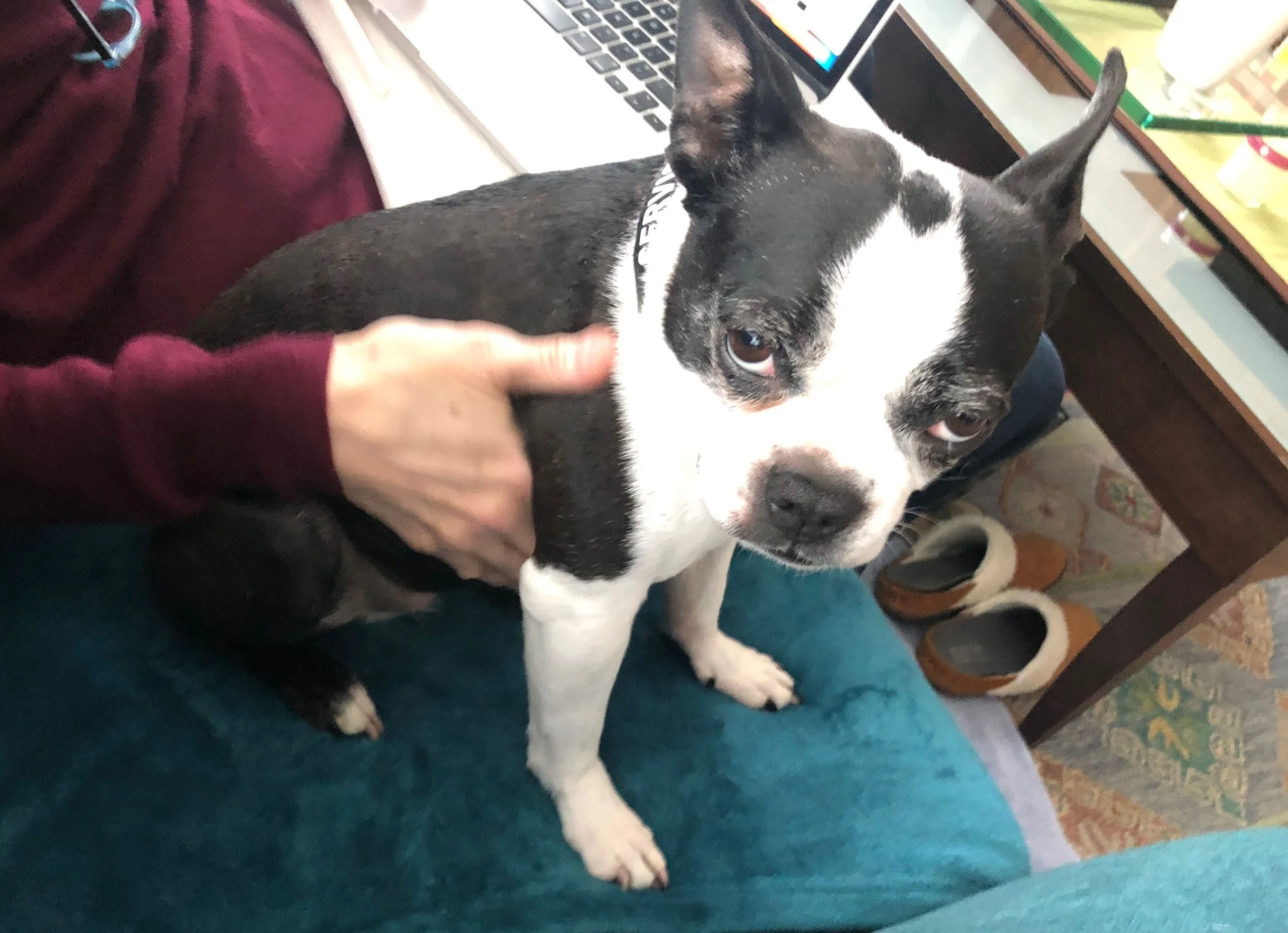We humans have been quite resilient these past two years, having largely survived a global pandemic and remaking ourselves via remote learning and work.
But our triumphs have often been costly. Misunderstandings and frayed nerves have splintered families and pit neighbors against each other. Caught in the crossfire, our pets have cringed, shuddered or slinked away from our stress or worse — absorbed it as their own.
Not that pets don’t have enough stress. Moving, changes in the environment, loud noises, inconsistent enforcement of “rules” and negotiating perceived threats from other animals or people can unleash a torrent of signs that our pet is stressed.
Normally sedate dogs may start barking or whining more that usual. Yawning in a well-rested dog could signal conflict or anxiety. Pacing, trembling, tail-tucking and shedding mean they’re awful fearful and on high alert. Cats trained to use the litter box may begin having accidents, They may stop eating or eat considerably less. Ear-flattening and crouching or hiding under the bed are common.
Some dogs and cats may over-groom or lick their noses excessively when stressed. Cats and dogs may give us the a sideways glance out of one eye telling us they need space. As in humans, prolonged exposure to stressors crimp a pet’s quality of life and can make them sick.
Unfortunately, pets don’t have as many creative outlets for their stress as we do. There are no hatha yoga classes, Caribbean cruises or “happy hours” for pets. While some animal companions have a knack for self-soothing, many others will need our help.
Tune in. Watch for the above cues — and others — indicating our pets are stressed. Make whatever internal or environmental changes we need to turn down the heat. Give ‘em space, if needed.
Take it in stride. A long walk or a sprint down a dog-friendly beach may be just the thing to blow off steam — theirs and ours. Some dog breeds wind up tighter than others and need to log more miles to tune their engines.
Play around. Mental games can provide both a welcome diversion and a training opportunity. Pets wrestle and tumble together and we can with them. Reward reset breaks with tasty treats if play amps up beyond a friendly tussle.
CBD and/or Psychotropics. CBD, specifically for dogs and cats, can mellow them out without getting them high. Consult a behavioral vet to determine whether short- and/or long-acting psych meds can help.
Rub me the right way. A little lower and to the left, please . . . Watch a dog’s or cat’s eyes fall to half-mast as we gently massage those tense and tired muscles. Slowly working a dog’s haunches and hind legs is also a good way to build trust.
Essential oils / Diffusers. Lavender, chamomile and other scents can smooth the furrows in anyone’s brow, including our pets. For best results, use a diffuser to spread a fine mist of good cheer. Some swear by pheromone plug-ins.
Music. Not just any tune will do. Screeching guitars and heavy base thumping may dial up stress. Easy-listening, new age and some classical may strike the right chord, but avoid high-pitched arias and violin solos.
Yay! It’s furry spa day!

